Policymakers, parents and educators across the country and across political interests recognize current school accountability systems have had mixed success. While many schools and students are better off from the attention and extra resources accountability policies have brought, disparities and inequitable results persist elsewhere.

These indicators provide information about teacher quality, school climate, students’ workforce readiness, community resources and other attributes of successful schools. They augment insights from test scores and graduation rates to better identify disparities among K12 students and spur more urgent actions.
Education First has been examining innovative approaches to measuring student success and education equity. To learn more, we looked at three places with different approaches, politics and needs: Illinois, Indiana, and Tulsa, Oklahoma.
In our research, we asked: What worked about student success indicators? What could be improved? What would it take for the student success indicators in these places to be used more widely?
Watch a video about how education leaders are using these indicators.
Current approaches aren’t consistently leading to better outcomes or reduced disparities, especially in marginalized communities.
Gathering data that provides a more comprehensive, holistic and actionable view of student success could be part of the solution.
The need to address disparities and accelerate learning in every school has never been greater.
In the shadow of the COVID-19 pandemic, student achievement results have declined across the country.
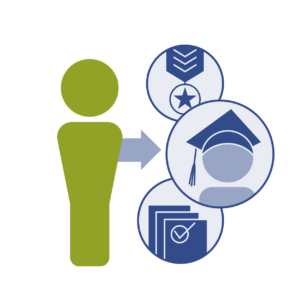
Student learning and achievement
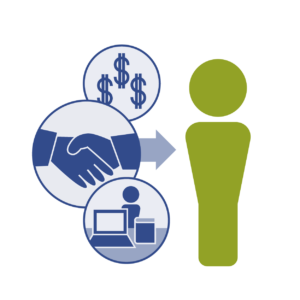
Resources, opportunities, and support

Family, community, and societal
Education First examined three places working hard to use indicators of student success to improve school accountability and school improvement. These examples reflect different political and historical contexts, showcase different hypotheses about what data are needed to address disparities, and feature different approaches to design, implementation and scaling.
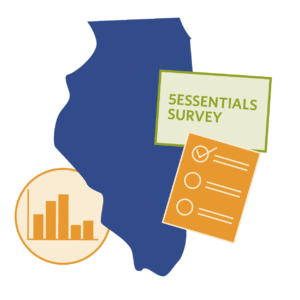
In use for more than 20 years, the 5Es Survey asks students, parents and teachers to rate schoolwide learning conditions. It provides a different set of insights for how to improve learning for more students.
Elevate the importance of strong school cultures, climates, community resources and engagement in addressing disparities and improving student success.
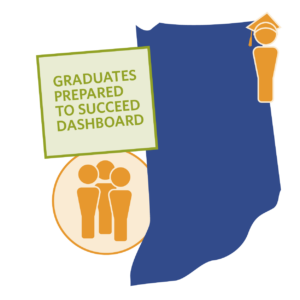
In late 2022, Indiana unveiled a more comprehensive school performance dashboard that uses a variety of student success indicators to measure progress at key milestones.
Consult a wider range of measures to better understand whether students are on track and gaining needed skills for success after high school.
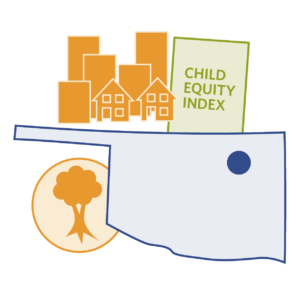
In 2018 in the city of Tulsa, the school district, community and city leaders created the Child Equity Index to better understand how conditions outside schools were influencing student success inside schools.
Spotlight community conditions that are affecting children’s opportunities to thrive, and then use the data to design and implement new interventions both in school and out of school.
Here’s how to begin the process of using student success indicators in your region.
In early 2022, Education First completed a 50-state landscape scan to understand the extent to which states were using different student success indicators in their accountability and school improvement systems. Our research found a mixed bag. While most states rely primarily on federal requirements in terms of the data they collect, many state leaders expressed strong interest in doing more.
Education First produced the insights here as part of our effort to go deeper and understand what it would take for student success indicators to be more broadly used and improve student outcomes. We are grateful to our funders for their support, as well as for our partnership with the Council of Chief State School Officers in our research.
